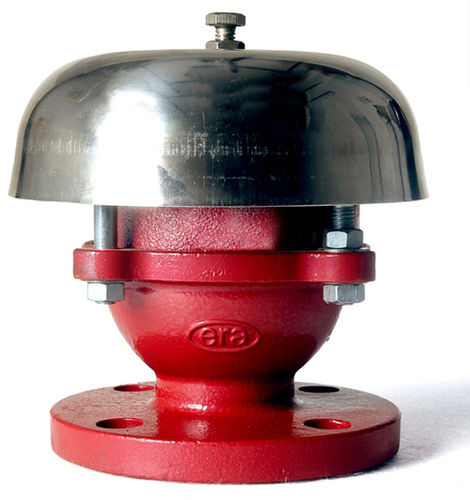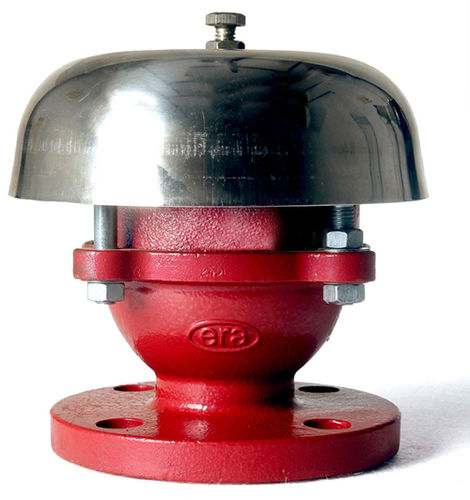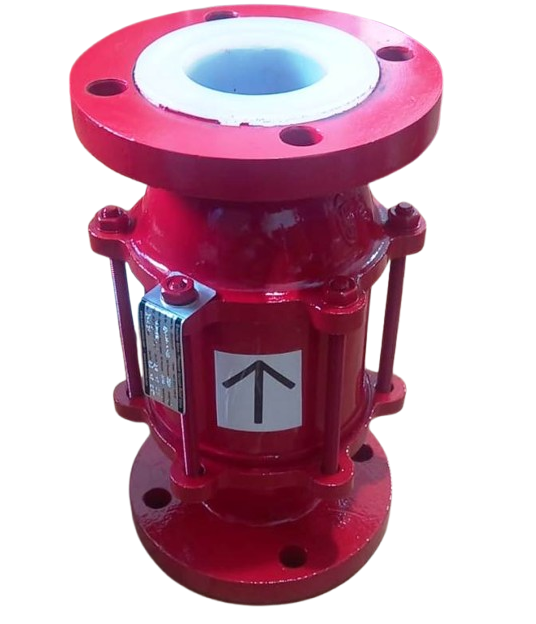Deflagration Flame Arrester
Product Details:
- Product Type Safety Devices
- Warranty 12 Months
- Color Red
- Usage Oil, Gas & Chemical
- Material WCB/SS304/SS316/AL
- Alarm NA
- Application OIl, Gas & Chemical
- Click to View more
Deflagration Flame Arrester Price And Quantity
- 1 Piece
- 5000 INR/Piece
Deflagration Flame Arrester Product Specifications
- 12 Months
- WCB/SS304/SS316/AL
- NA
- OIl, Gas & Chemical
- Oil, Gas & Chemical
- Safety Devices
- Red
Deflagration Flame Arrester Trade Information
- JNPT
- 10000 Piece Per Year
- 2 Week
- Sample costs shipping and taxes has to be paid by the buyer
- Wooden Box
- All India
- ATEX
Product Description
Era Technologies is Prime Indian Manufacturer & Exporter of Erardo Make deflagration flame arrester is a safety device designed to prevent the propagation of flame fronts through pipelines or ducts containing flammable gases or vapors Its specifically engineered to mitigate the risk of deflagration which is a rapid combustion process characterized by the propagation of a flame front through a combustible mixture at subsonic speeds
Our world wide Presence in Malaysia, Singapore, Indonesia, Thailand, Vietnam, UAE, Saudi Arabia, Oman, Kuwait, Iran, Egypt, Yemen, Qatar, Bahrain, Turkey, Libya, Iraq, Syria, Algeria, Vietnam, Venezuela, Chile, Colombia, Nigeria, Kenya
Heres how a deflagration flame arrester typically works
1 Mesh or Element Structure The core component of a deflagration flame arrester is a mesh or an array of metal plates with narrow passages These passages are designed to disrupt and extinguish a flame front passing through them by dissipating heat slowing down the flame propagation and preventing the transmission of flame into the protected area
2 Installation Deflagration flame arresters are installed inline within pipelines or ducts where theres a risk of deflagration occurring They are typically positioned upstream of sensitive equipment storage tanks or process units to prevent the spread of flames in the event of an ignition
3 Operation In the event of a deflagration the flame front encounters the deflagration flame arrester The devices mesh or element structure interrupts the flame front causing it to extinguish before it can travel further downstream This prevents the flame from reaching other parts of the system where it could cause further damage or trigger explosions
Deflagration flame arresters are crucial safety components in industries where the handling processing or storage of flammable gases or vapors is common They help mitigate the risk of fires and explosions by containing and extinguishing flame fronts thereby protecting personnel equipment and the environment
These devices are often subject to regulatory standards and industry guidelines to ensure their effectiveness and reliability in various operating conditions Regular inspection maintenance and testing are essential to ensure that deflagration flame arresters remain in optimal working condition and provide reliable protection against deflagration events
ï
FAQs of Deflagration Flame Arrester
Q What is Deflagration Flame Arrester used for
A Deflagration Flame Arrester is used in Oil Gasï Chemical industries to prevent the propagation of flame fronts in pipelines tanks and vessels
Q What are the material options available for Deflagration Flame Arrester
A Deflagration Flame Arrester is available in WCBSS304SS316AL material options
Q What is the warranty period for Deflagration Flame Arrester
A The warranty period for Deflagration Flame Arrester is 12 months
Q What is the color of Deflagration Flame Arrester
A The color of Deflagration Flame Arrester is Red
Q What is the usage of Deflagration Flame Arrester
A Deflagration Flame Arrester is used in Oil Gasï Chemical industries to prevent the propagation of flame fronts in pipelines tanks and vessels

Price:
- 50
- 100
- 200
- 250
- 500
- 1000+






 Call Me Free
Call Me Free
 English
English Spanish
Spanish French
French German
German Italian
Italian Chinese (Simplified)
Chinese (Simplified) Japanese
Japanese Korean
Korean Arabic
Arabic Portuguese
Portuguese